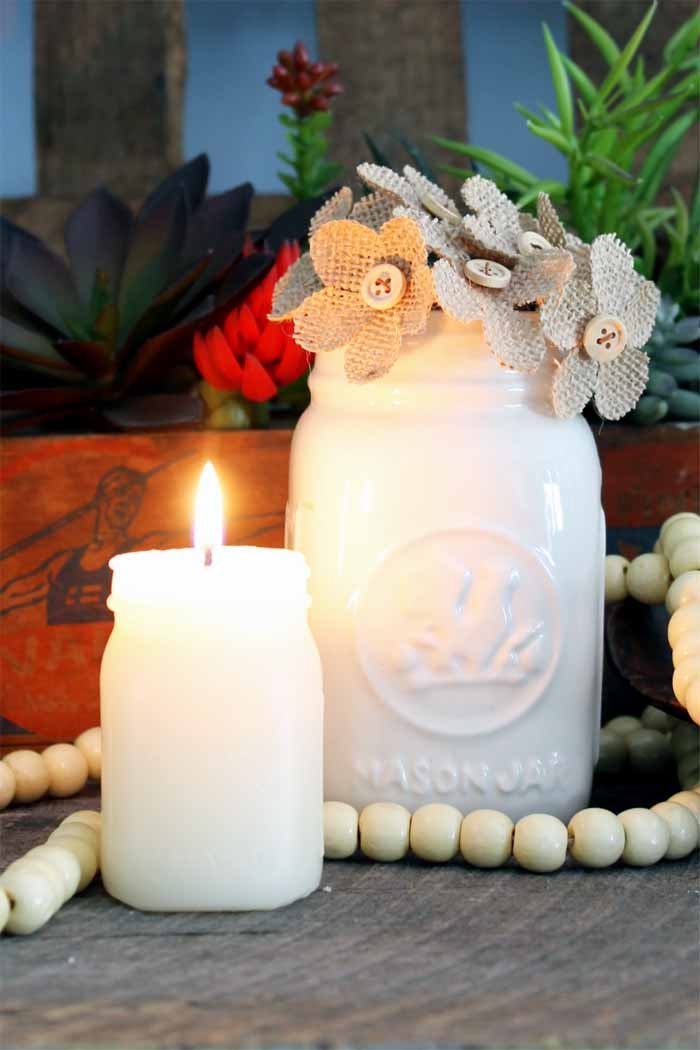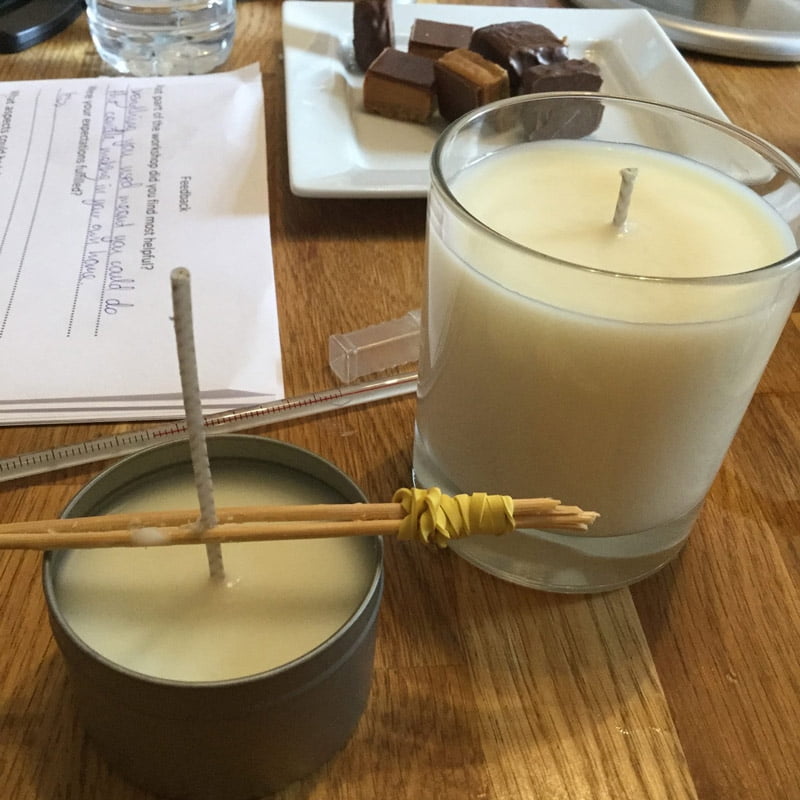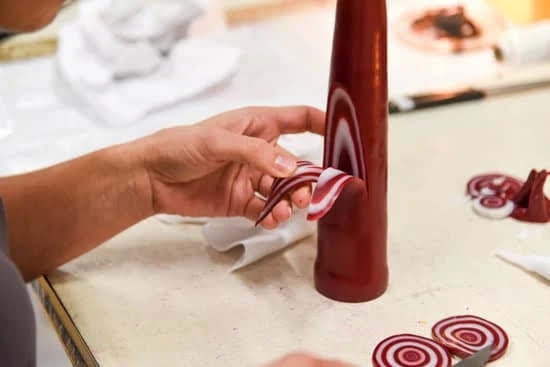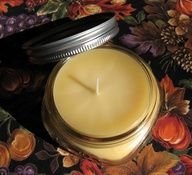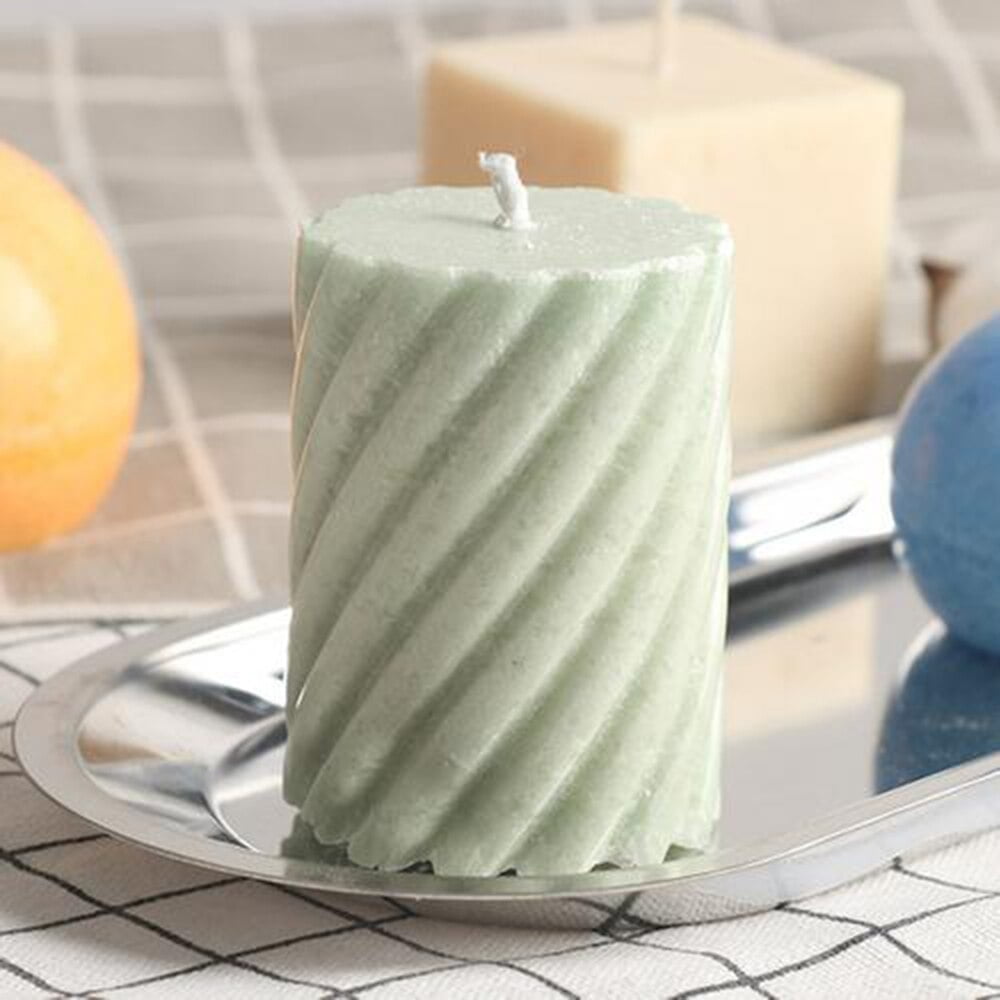Are you wondering what thermometer to use for candle making? Temperature control is crucial when it comes to creating quality candles, and choosing the right thermometer is essential for achieving the perfect results. Whether you are a beginner or an experienced candle maker, understanding the importance of temperature control and knowing which thermometer to use can make a significant difference in the outcome of your candles.
Candle making is both an art and a science, and precise temperature control is critical throughout the process. From melting wax to adding fragrance oils and pouring the wax into molds, maintaining the correct temperature at each stage is key to producing beautiful, high-quality candles. Using the right thermometer ensures that you can monitor and adjust the temperature with accuracy, leading to consistent results every time.
In this article, we will explore the different types of thermometers used in candle making, including digital thermometers, glass thermometers, and infrared thermometers. Each type has its own set of pros and cons, and understanding these differences will help you make an informed decision about which thermometer is best suited for your specific candle making needs. Additionally, we will provide tips for proper temperature control when making candles, empowering you to create stunning candles with confidence.
Different Types of Thermometers for Candle Making
When it comes to making candles, temperature control is crucial in order to achieve the perfect results. One of the most important tools for maintaining the right temperature during the candle-making process is a reliable thermometer. There are several different types of thermometers that can be used for candle making, each with its own pros and cons.
Below are some of the most common types of thermometers used in candle making:
- Digital Thermometers: These thermometers are easy to read and provide quick and accurate temperature readings. They come in various models, including ones with a probe for measuring the wax’s temperature directly. However, digital thermometers can be more expensive than other options and may require batteries, which can be inconvenient if they run out during a crucial part of the candle-making process.
- Glass Thermometers: These classic thermometers consist of a glass tube filled with a liquid that expands and contracts with temperature changes. They are durable and do not require batteries, but they may be more prone to breakage if mishandled. Glass thermometers also take longer to display an accurate reading compared to digital ones.
- Infrared Thermometers: These non-contact thermometers use infrared technology to measure the surface temperature of an object without physically touching it. While they are convenient and fast, their accuracy may vary depending on factors such as distance and surface material.
Ultimately, when choosing the right thermometer for your candle making needs, it’s important to consider factors such as budget, ease of use, accuracy, and convenience. Each type of thermometer has its own advantages and disadvantages, so it’s essential to weigh these factors against your specific requirements before making a decision on what thermometer to use for candle making.
Digital Thermometers
When it comes to candle making, controlling the temperature is crucial for achieving the perfect consistency and quality in your finished product. One essential tool for ensuring the right temperature is a thermometer. There are several types of thermometers available on the market, each with its own set of advantages and disadvantages. In this section, we will explore digital thermometers, their pros and cons, and how they can be used effectively in candle making.
Pros of Digital Thermometers
Digital thermometers have gained popularity among candle makers for several reasons. One of their main advantages is their accuracy. Digital thermometers provide precise readings, allowing candle makers to monitor the temperature of their wax with great precision. Another benefit of digital thermometers is their ease of use. They often come with large, easy-to-read displays and simple controls, making them user-friendly for both beginners and experienced candle makers alike.
Cons of Digital Thermometers
Despite their accuracy and ease of use, digital thermometers also have some drawbacks. One drawback is that they require batteries to operate, which means there’s always a risk of them running out of power at an inconvenient time. Additionally, some digital thermometers may not be suitable for high-temperature environments, such as when working with hot wax for candle making. This limitation could make them less versatile compared to other types of thermometers.
Using Digital Thermometers in Candle Making
When choosing a thermometer for candle making, it’s important to consider factors such as accuracy, ease of use, and suitability for the working environment. Digital thermometers are best suited for tasks that require precise temperature control, such as monitoring the melting point and cooling process of candle wax. They are a practical choice for both beginner and advanced candle makers who prioritize accuracy and convenience in their crafting process.
Glass Thermometers
However, there are also some cons to consider when using glass thermometers for candle making. One of the main drawbacks is their fragility. Glass thermometers can easily break if mishandled or dropped, posing a safety hazard and requiring replacement. Additionally, they may not be as easy to read as digital thermometers, especially for those with visual impairments.
Another factor to consider when using glass thermometers for candle making is the maintenance required to ensure their accuracy. It’s important to regularly calibrate and check the calibration of glass thermometers to make sure they are providing accurate temperature readings. Failure to do so can lead to inaccurate temperature measurements, resulting in subpar candles.
In considering what thermometer to use for candle making, it’s essential to weigh the pros and cons of different options before making a decision. While glass thermometers offer unparalleled accuracy, they also come with potential fragility and maintenance concerns that may make them less practical for some candle makers.
Infrared Thermometers
When it comes to making candles, temperature control is crucial for achieving the perfect consistency and quality. Infrared thermometers are one option for monitoring the temperature of your wax, and they come with their own set of pros and cons.
One of the main advantages of using an infrared thermometer for candle making is its non-contact feature. This means you can easily measure the temperature of your wax without having to touch it, reducing the risk of contamination. Additionally, these thermometers provide instant readings, allowing you to quickly assess the temperature without having to wait for the thermometer to adjust.
However, there are some drawbacks to using infrared thermometers for candle making. One potential issue is that they may not provide as accurate readings as other types of thermometers, especially when measuring shiny or reflective surfaces. Additionally, they tend to have a shorter range compared to other thermometers, which means they may not be suitable for larger batches of candle wax.
| Pros | Cons |
|---|---|
| Non-contact feature | Potentially less accurate readings |
| Instant readings | Shorter range |
Choosing the Right Thermometer for Your Candle Making Needs
When it comes to making candles, temperature control is of utmost importance in order to achieve the perfect consistency and quality. This is why choosing the right thermometer for your candle making needs is crucial. With so many options available on the market, it can be overwhelming to decide which thermometer is best suited for your specific requirements.
The first thing to consider when choosing a thermometer for candle making is the type of wax you will be using. Different types of wax have different melting points, so it’s important to select a thermometer that can accurately measure the temperature range required for your specific wax. Additionally, consider the size of your candle-making operation and whether you need a thermometer for small-scale or large-scale production.
Digital thermometers are a popular choice for candle making due to their ease of use and accuracy. They provide quick readings and are often equipped with features such as alarms and memory functions. However, they may not be suitable for measuring extremely high temperatures, so be sure to check the temperature range before purchasing one for your candle making needs.
Glass thermometers are another option for candle making, providing accurate readings and easy calibration. They are suitable for measuring high temperatures and are often used in larger-scale operations. However, they can be fragile and may require careful handling to prevent breakage during use.
Infrared thermometers offer non-contact temperature measurements, which can be advantageous in certain candle-making processes where direct contact with hot wax may not be feasible or safe. However, they may not provide as precise readings as other types of thermometers and may not be suitable for all candle-making applications.
So when considering what thermometer to use for candle making, it’s important to weigh the pros and cons of each type in relation to your specific needs and preferences in order to make an informed decision.
Tips for Proper Temperature Control When Making Candles
When it comes to making candles, proper temperature control is crucial to ensure that the wax and other ingredients are at the right temperature for pouring. Here are some tips for maintaining the right temperatures throughout the candle making process.
Use a Quality Thermometer
The first step in maintaining proper temperature control when making candles is to use the right thermometer. Choosing the right thermometer for candle making can make a significant difference in the quality of your finished product. It’s important to select a thermometer that is accurate, easy to read, and can withstand the high temperatures necessary for candle making.
Monitor Both Wax and Fragrance/Oil Temperatures
Proper temperature control involves not only monitoring the temperature of the wax but also ensuring that any fragrance oils or additives are at the correct temperature before adding them to the wax. Different types of additives may require specific temperatures for optimal performance, so it’s essential to monitor and adjust accordingly.
Avoid Sudden Temperature Changes
It’s essential to avoid sudden temperature changes during the candle making process. Rapid cooling or heating of the wax can result in uneven texture or adhesion issues in your finished candles. To prevent this, always heat and cool your wax slowly and steadily, using your chosen thermometer to monitor the process.
By following these tips for proper temperature control when making candles, you can ensure that your finished products are of high quality and consistency. The type of thermometer you choose will play a crucial role in achieving this goal, so be sure to select one that best fits your specific candle making needs.
Conclusion
In conclusion, the choice of thermometer for candle making ultimately depends on your specific needs and preferences. Digital thermometers offer convenience and ease of use, with quick and accurate readings making them suitable for beginners and experienced candle makers alike. However, they may not be as durable as glass thermometers and can be more expensive in the long run due to battery replacement or malfunction.
On the other hand, glass thermometers are a traditional choice for candle making, providing accurate temperature readings and durability. They are ideal for those who prefer a more manual approach to temperature control and do not mind the extra care required in handling them.
Lastly, infrared thermometers offer non-contact temperature measurement and can be useful for monitoring surface temperatures without disrupting the candle making process. However, they may not provide as precise readings as digital or glass thermometers when it comes to measuring the temperature of liquids or wax directly.
Frequently Asked Questions
What Is the Temperature Tool for Candle Making?
The temperature tool for candle making is a thermometer specifically designed to measure the temperature of melted wax. It allows candle makers to monitor and control the heat of the wax during the melting and pouring process.
Can a Meat Thermometer Be Used for Candle Making?
While a meat thermometer can technically be used for candle making, it’s not ideal. Meat thermometers are designed for higher temperatures than what is needed for candle making, so they may not provide accurate readings for melted wax.
What Temperature Is Best for Candle Making?
The best temperature for candle making depends on the type of wax being used. Generally, soy wax should be heated to around 160-180°F, while paraffin wax should be heated to 170-190°F. It’s important to follow specific temperature guidelines provided by the wax manufacturer for best results in candle making.

Welcome to my candle making blog! In this blog, I will be sharing my tips and tricks for making candles. I will also be sharing some of my favorite recipes.

